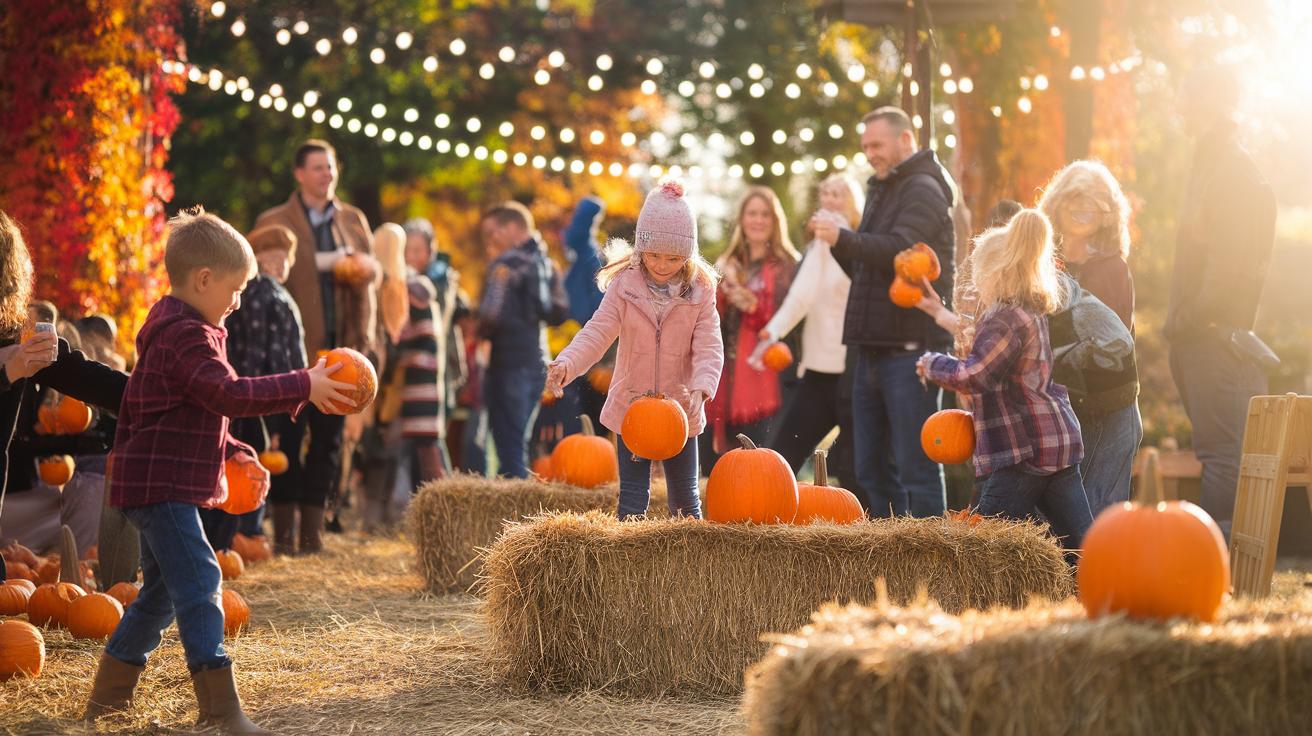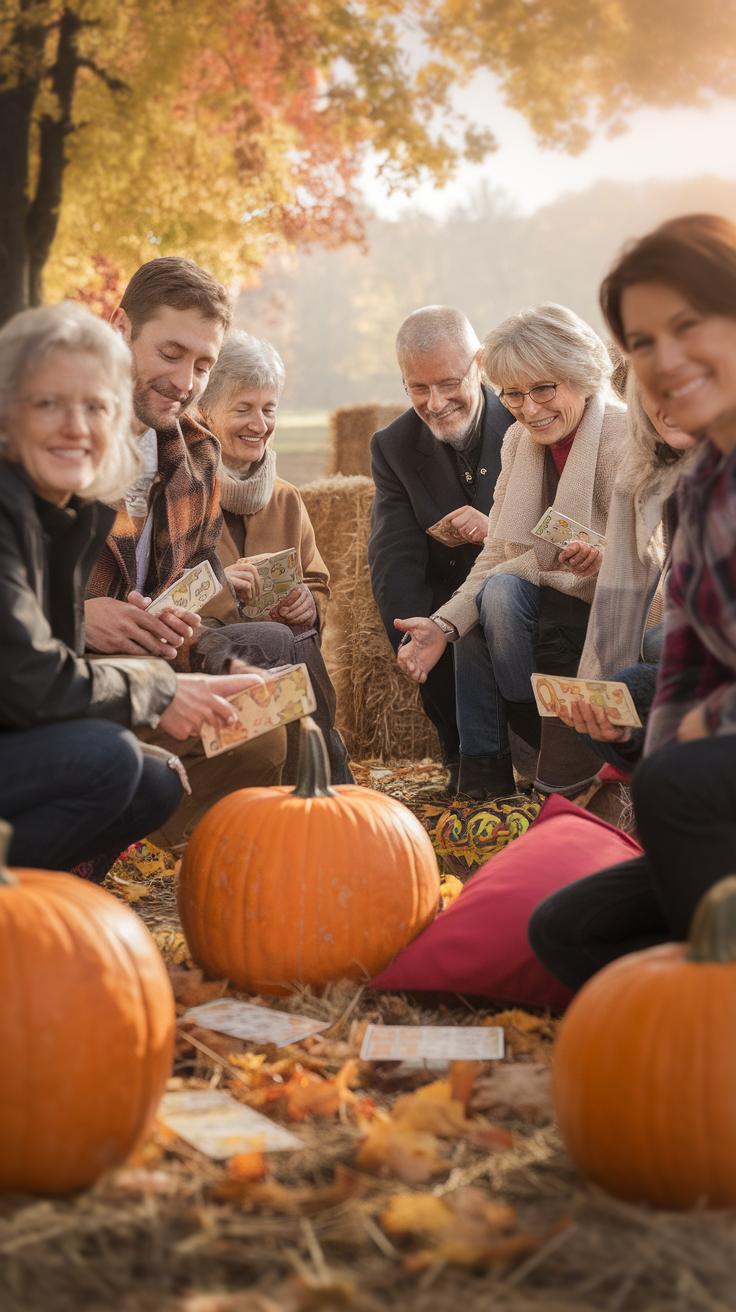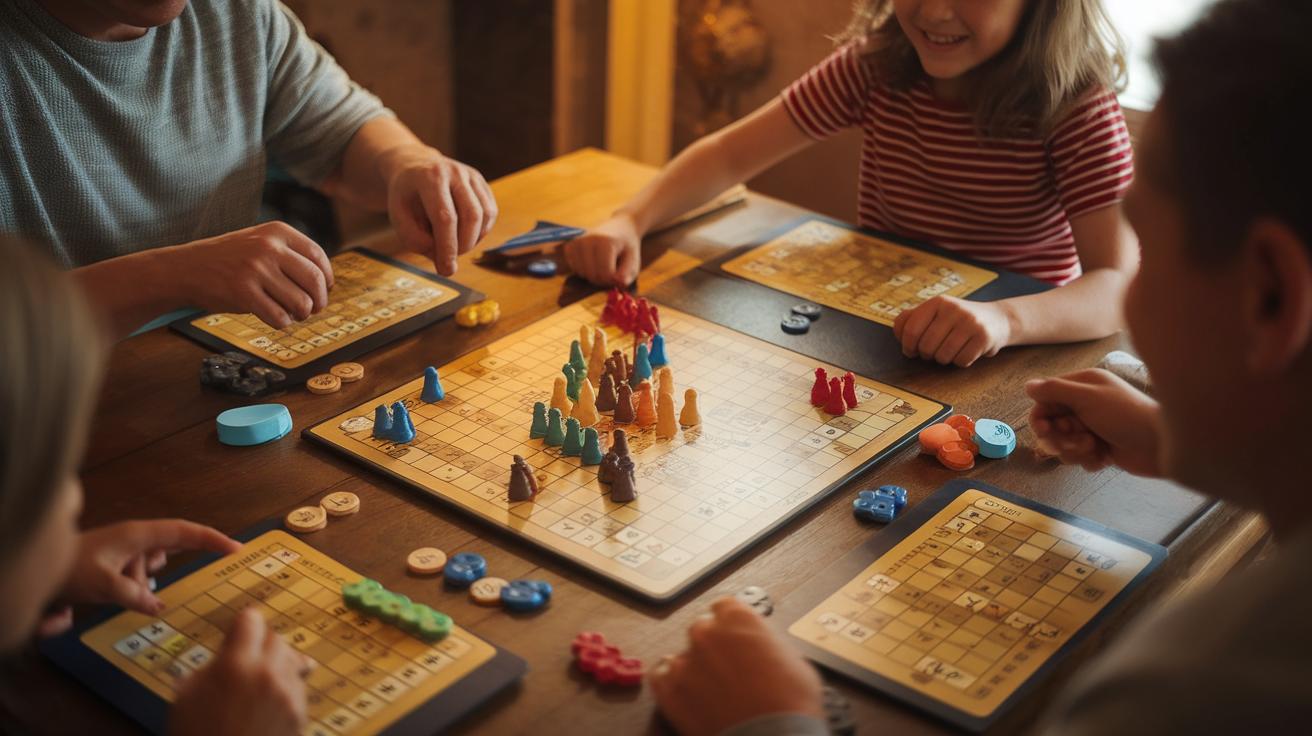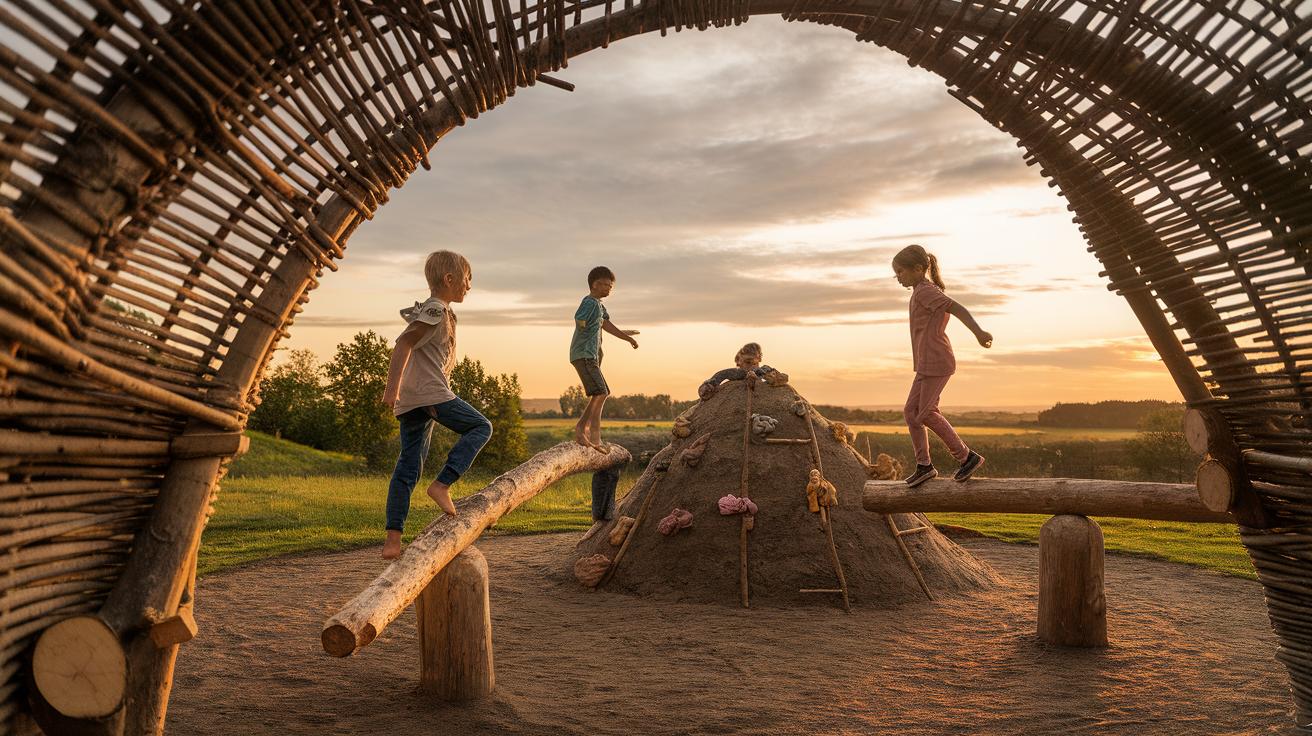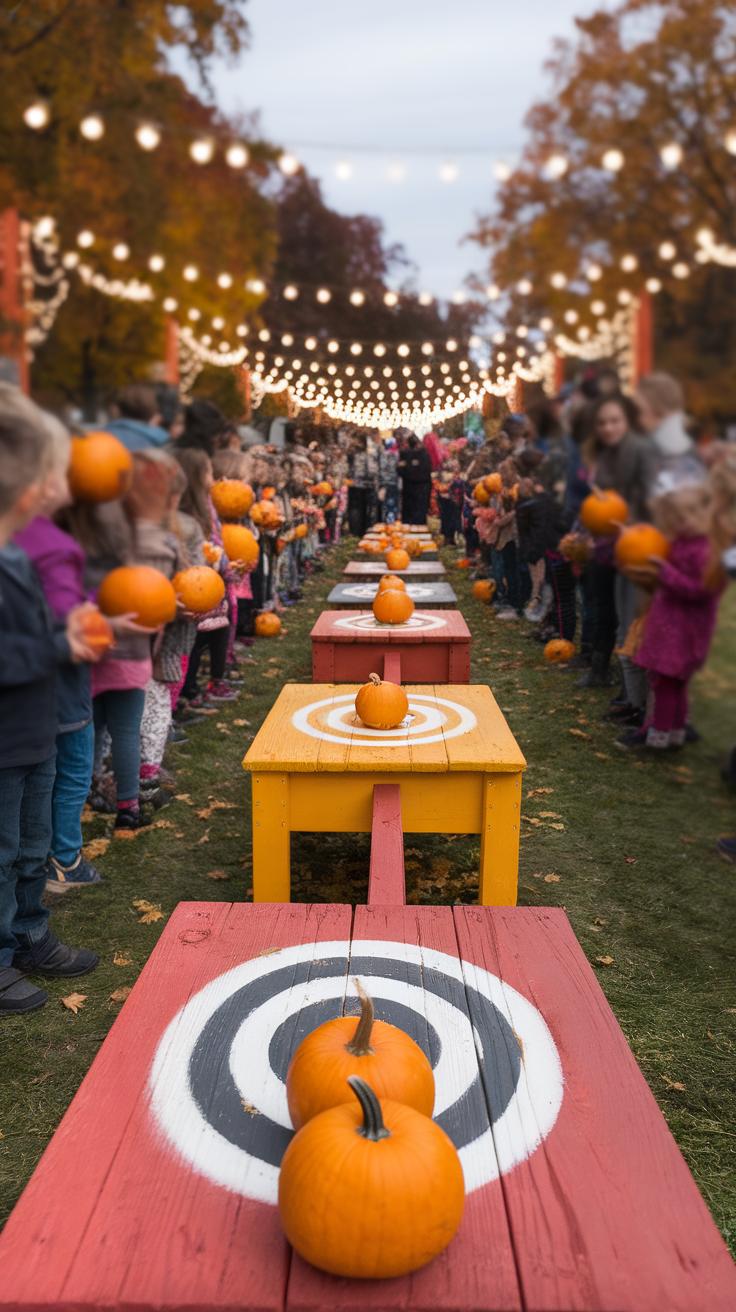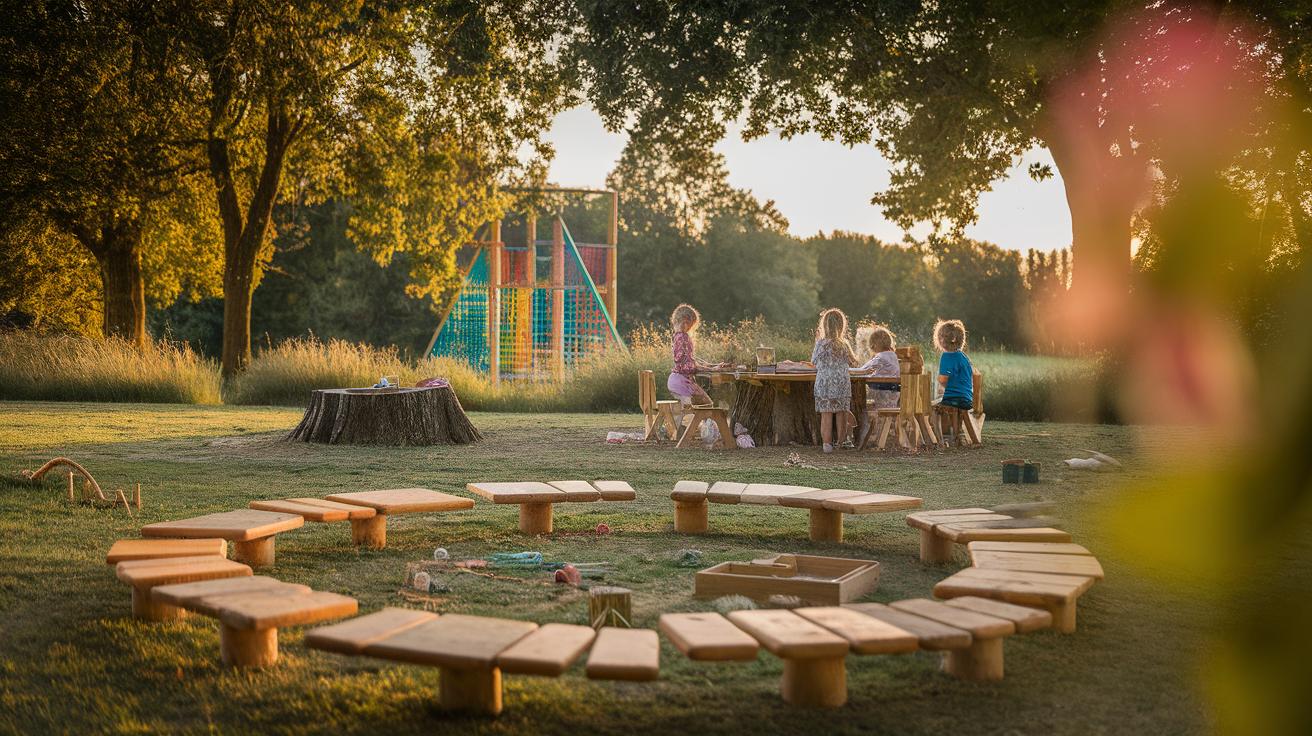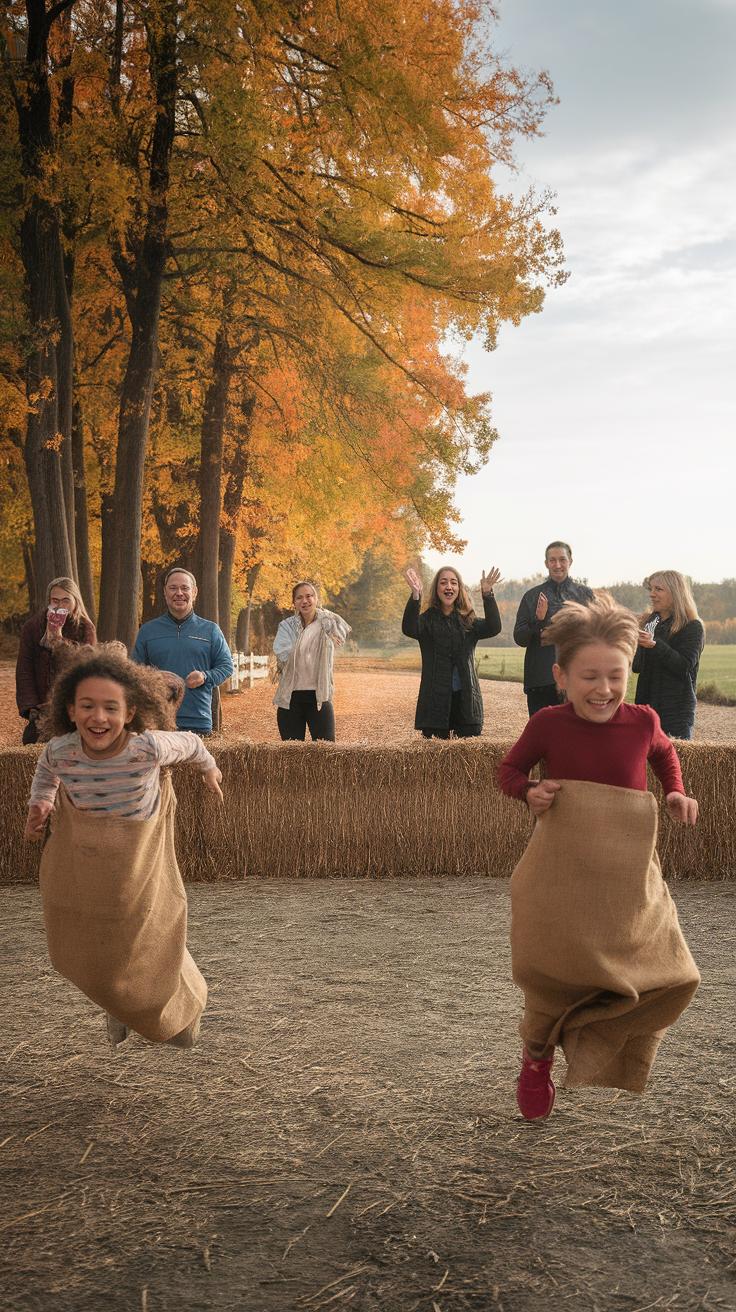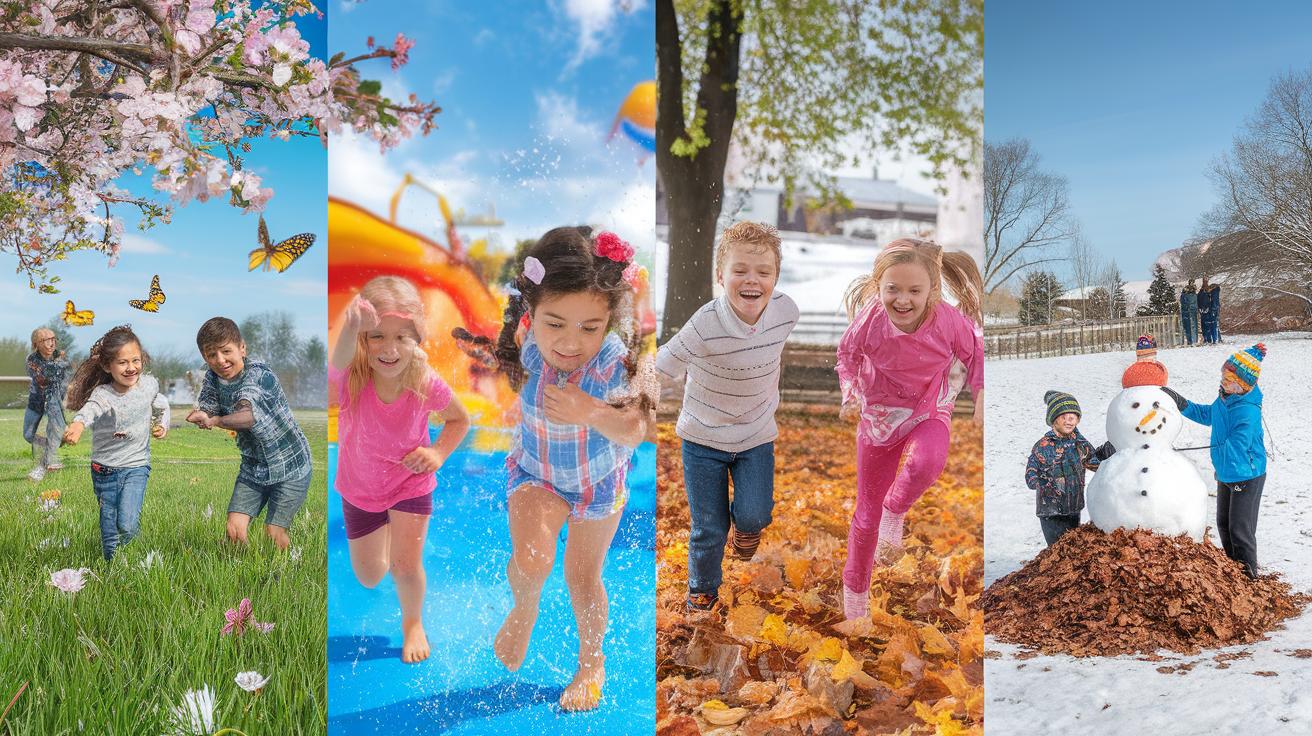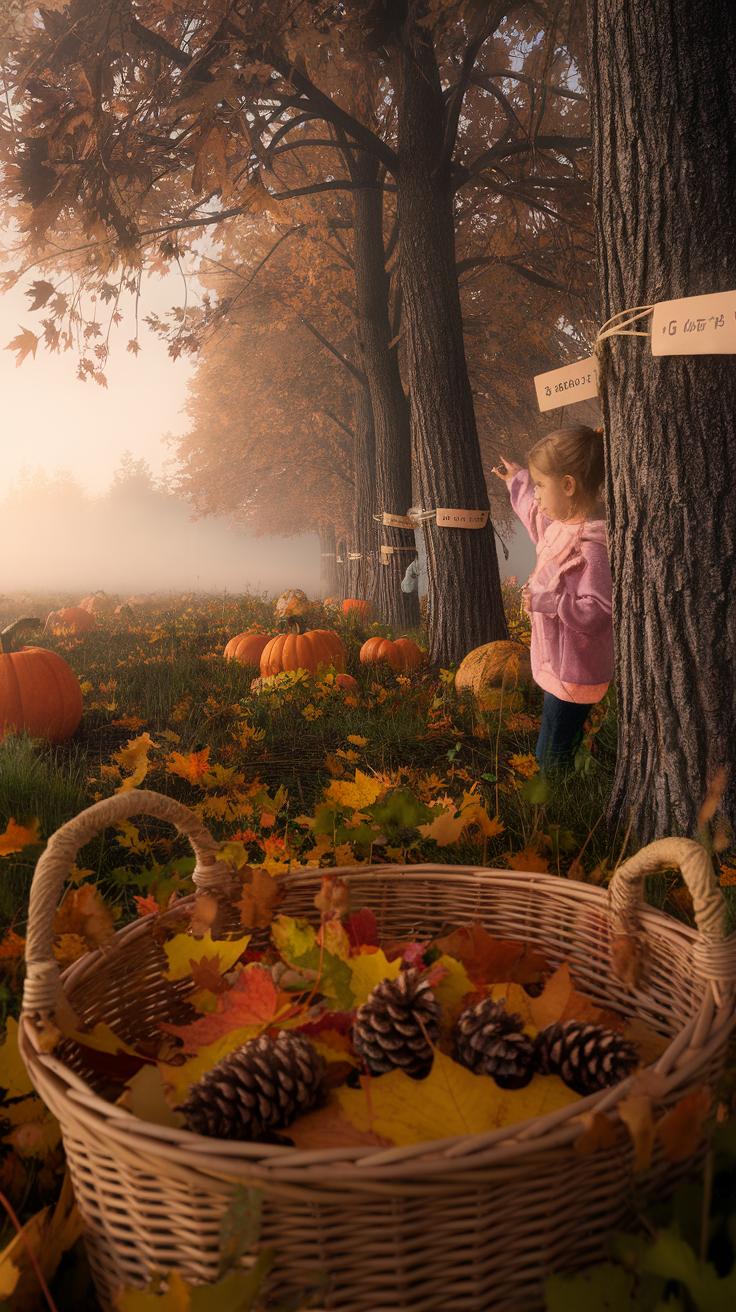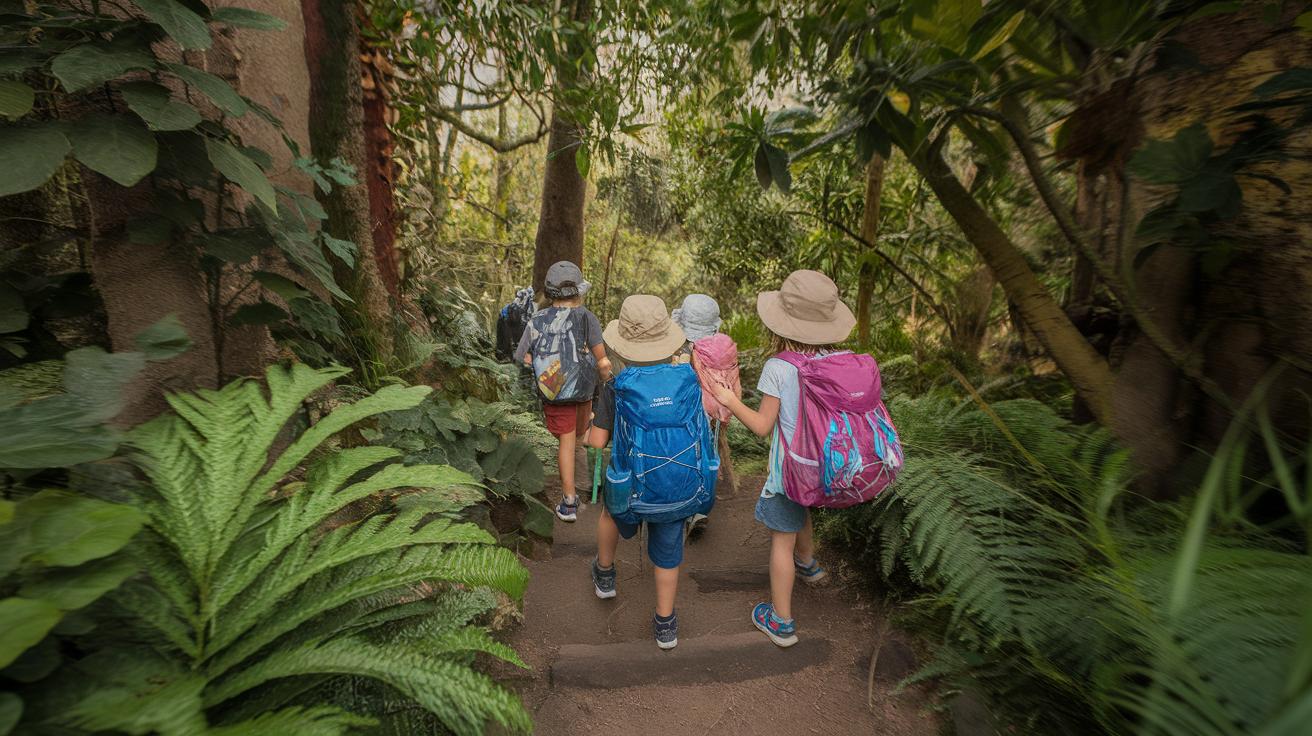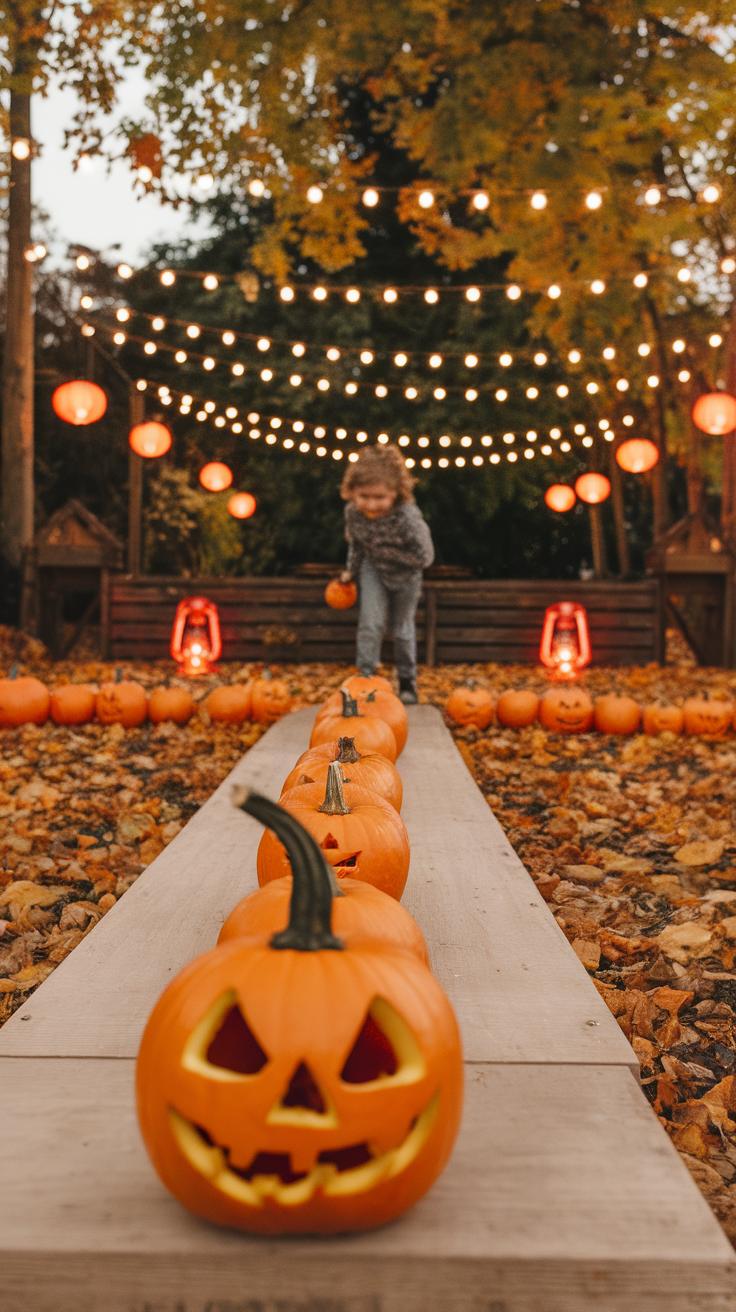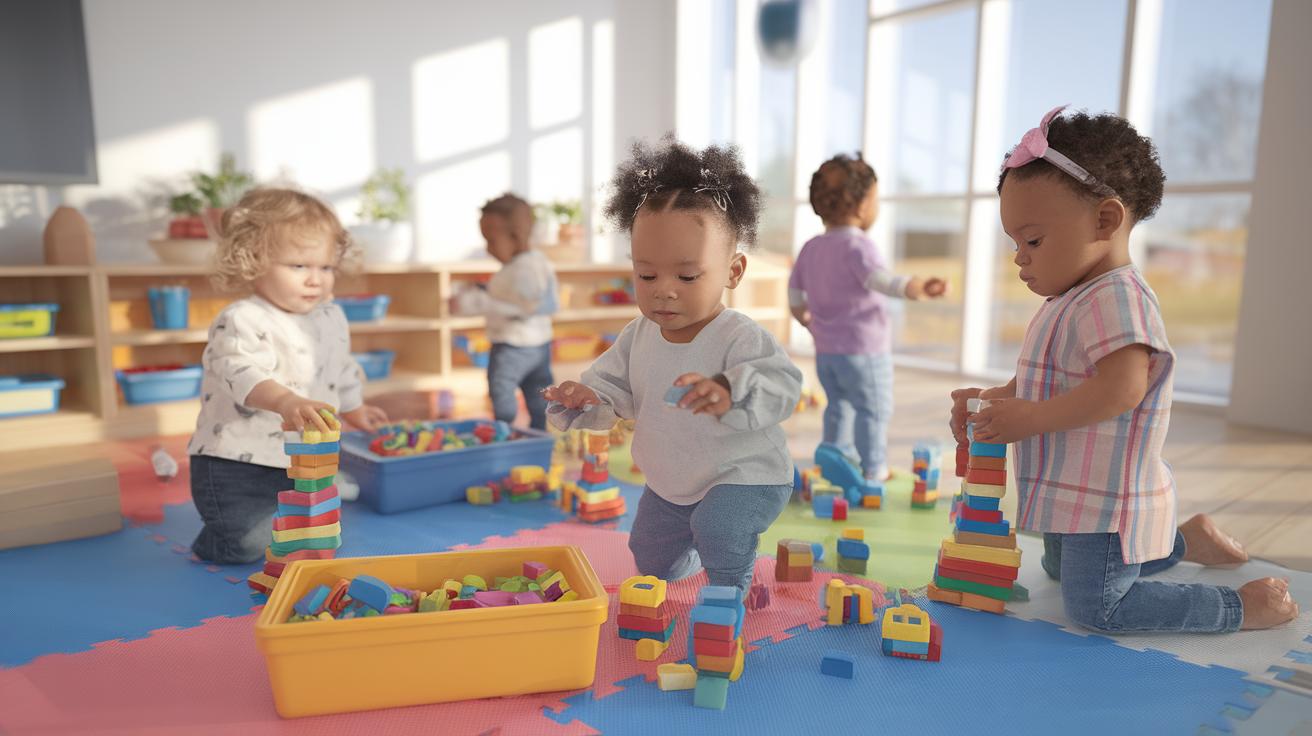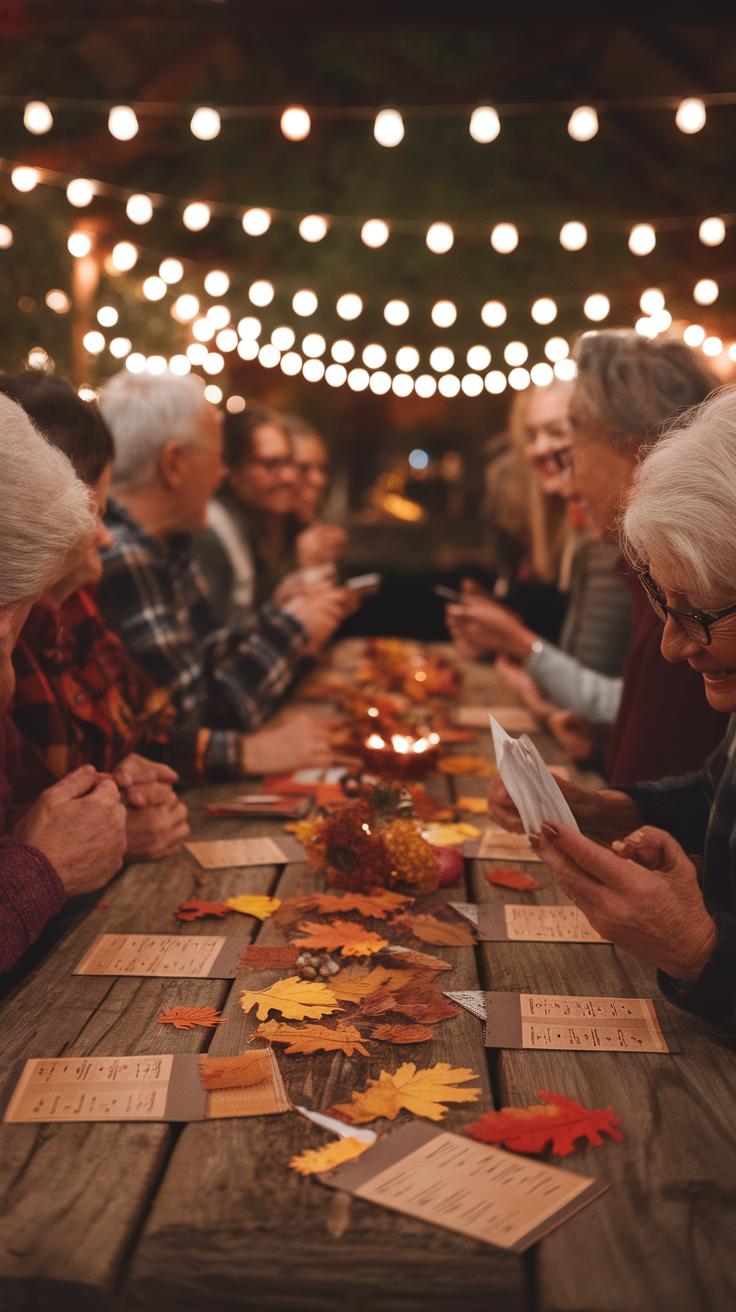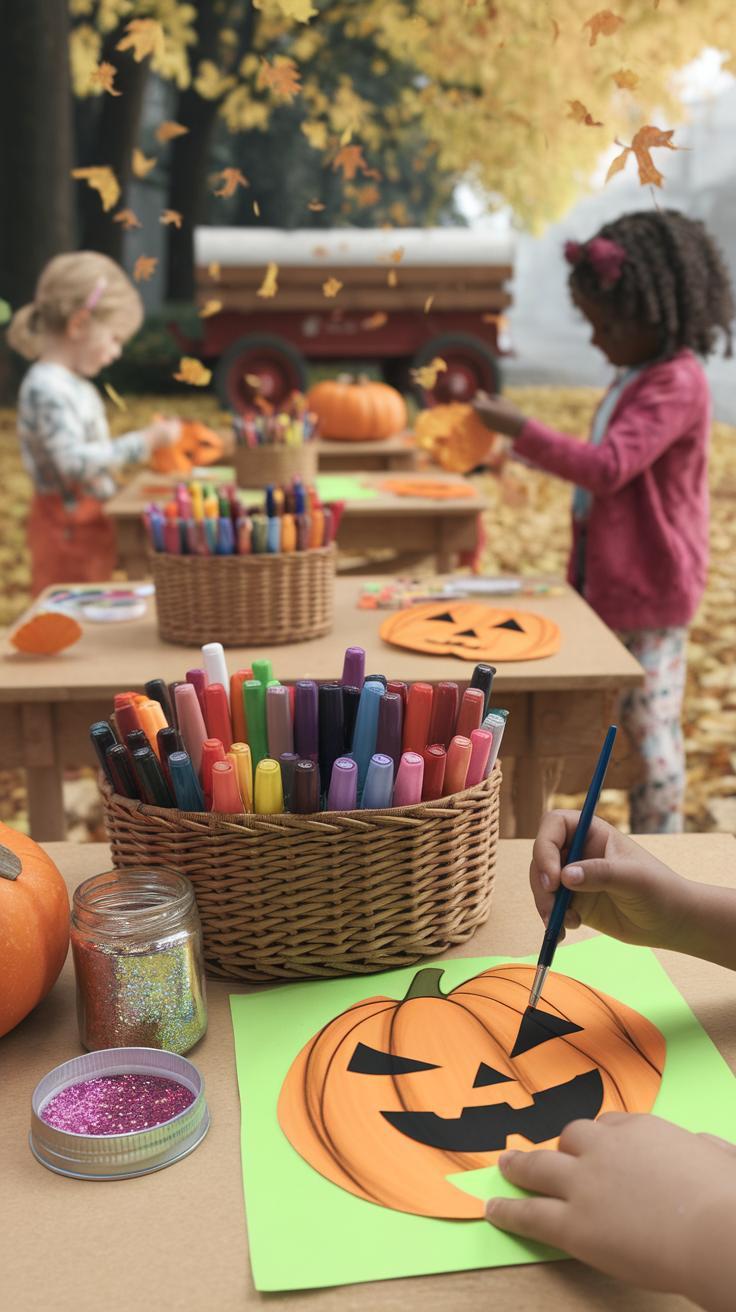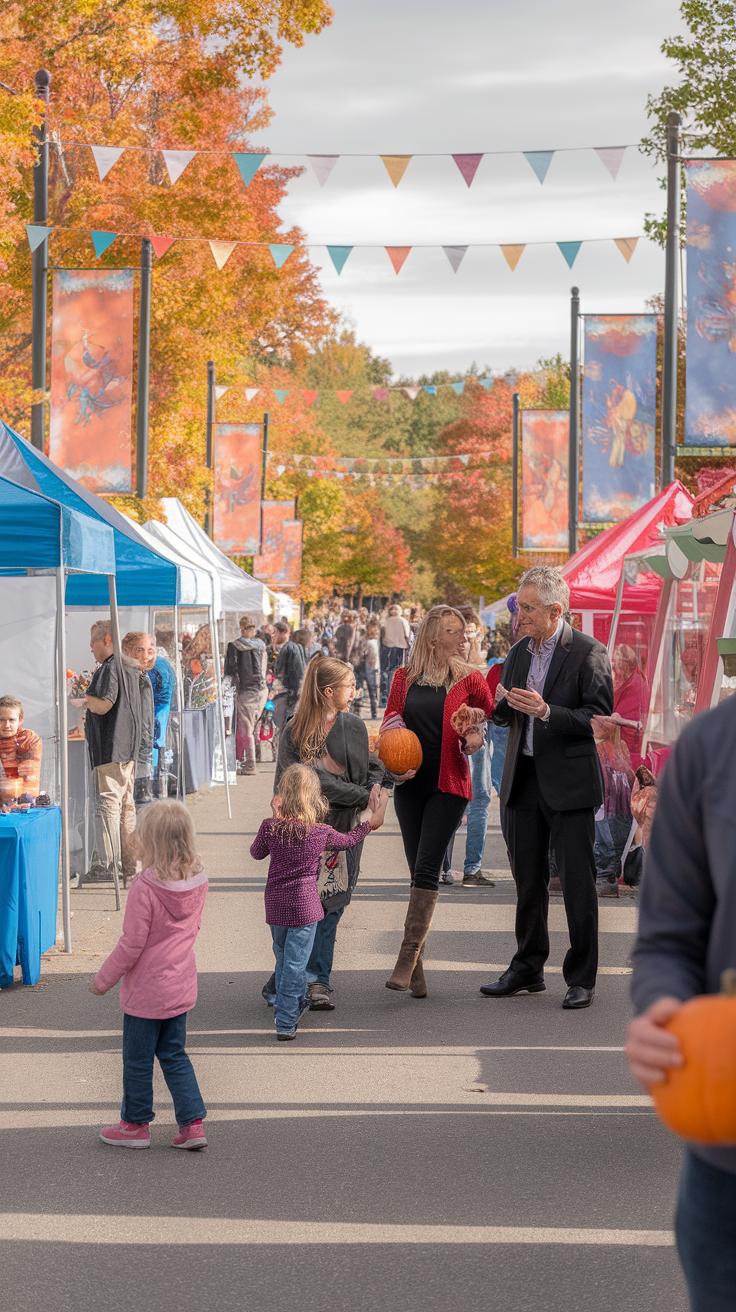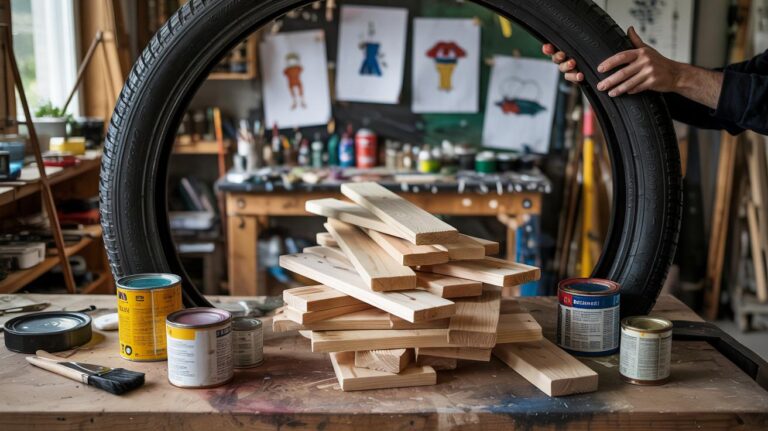Introduction
Fall festivals mark a special time when communities come together to celebrate the season. These events offer various activities that keep people of all ages entertained. Games play a vital role in making these gatherings fun and memorable. From simple activities for young children to more challenging contests for adults, there is something for everyone.
Planning fun fall festival games requires creativity and consideration for all participants. Choosing inclusive games ensures that each guest enjoys their time and feels involved. This article highlights some of the best fall festival games, providing tips and ideas to make your event enjoyable for every age group. How can you add games that make your festival stand out? What activities will keep guests coming back year after year?
Choosing Age Friendly Games
Select games that everyone can enjoy, from kids to grandparents. Think about how easy the rules are to understand. Simple instructions help everyone join in without confusion. Consider mixing physical games like relay races with non-physical games like trivia or puzzles. This variety keeps energy levels balanced and allows people with different abilities to take part.
Safety should guide your choices. Avoid games that require risky moves or expensive equipment. For physical games, provide soft balls or lightweight items. Games should encourage fun, not frustration or injury.
Plan for accessibility. Can someone with mobility challenges play? Include games that don’t need fast movement, like bean bag toss or bingo. Choose activities that bring people together, not exclude them. How can you make sure no one feels left out? This approach creates a welcoming space where everyone looks forward to playing.
Selecting Games for Young Children
Pick games that help small children learn moves and play with others. Simple games like bean bag toss or ring toss sharpen hand-eye coordination. Small obstacle courses encourage balance and agility while still being safe and manageable.
Children enjoy games that let them move freely but don’t overwhelm them. Easy rules and clear goals keep their attention. For example, a bean bag toss teaches aiming skills and brings smiles when kids score points.
Games should also help youngsters interact. Passing rings or waiting turns in obstacle courses builds patience and social skills. What games do you see children repeating happily? Those are the ones worth including for your festival.
Games Suitable for Teens and Adults
Choose games that challenge minds and bodies for teens and adults. Relay races test speed and teamwork. Trivia contests encourage players to think and cooperate. Pumpkin bowling offers a fun twist with a clear goal to knock down “pins.”
Scavenger hunts combine strategy and movement, drawing in players who enjoy puzzles and exploration. These games allow light competition without pressure. This helps keep the mood friendly and fun.
Design games that invite players to form teams or compete as individuals. Do your games let players show off their skills or learn new ones? Giving choices keeps teens and adults interested and energized throughout the festival.
Setting Up a Pumpkin Toss Game
Choose a spacious outdoor or large indoor area for the pumpkin toss. Measure a clear playing zone with enough room for players to stand back safely behind throwing lines. Use marking tape to set different distance lines so players can take turns at varying challenge levels.
Provide target baskets or bins placed securely on the ground or low tables. Make sure these targets won’t move when hit. Small pumpkins work best for younger players because they are lighter and easier to grip. Larger pumpkins can be used for adults to increase the challenge.
Keep the game simple by having every player toss a set number of pumpkins toward the targets. Offer a small prize or points for each successful toss to encourage friendly competition. Always watch for slippery surfaces and clear obstacles to avoid accidents. Keeping the mood light and supportive helps all ages enjoy the game.
Materials and Equipment Needed
Prepare these items before the festival to set up the pumpkin toss:
- Small and medium-sized pumpkins for different skill levels
- Target baskets or sturdy bins that won’t tip over easily
- Marking tape or cones to create clear throwing lines
- Measuring tape to space targets and lines accurately
- A flat and safe surface free of tripping hazards
Choose pumpkins without stems for easier handling, especially for kids. Mark distances clearly on the ground to guide players where to stand. Having multiple sets for team rounds speeds the game and keeps everyone engaged.
Game Rules and Variations
Start with a simple rule: each player gets three tosses to land the pumpkin in the basket. Award points for each successful toss and keep score to encourage competition. You can vary the game by moving the throwing line farther for older players or requiring players to toss with their non-dominant hand.
For team play, have groups alternate tosses, adding points collectively. Another option is “timed rounds” where players toss as many pumpkins as possible in a minute. For younger children, allow closer throwing lines or larger targets to keep the game fun and achievable.
How can you adjust rules to challenge experienced players while keeping new ones included? Experiment with different distances or introduce creative rules like bouncing pumpkins before the toss. This way, everyone stays involved and enjoys the festival spirit.
Organizing a Sack Race with a Twist
A sack race stands out as a classic fall festival game for all ages. Start by selecting the right sacks—traditional burlap bags work well, but you can try colorful or themed sacks for fun. Make sure each sack is tall enough for participants to hop easily while inside.
Set up a racecourse on level ground, marking clear start and finish lines with cones or flags. Keep the race distance short, around 20 to 30 feet, so participants stay energized and avoid fatigue. Check the surface for hazards like rocks or holes to prevent injuries.
When explaining the rules, emphasize hopping inside the sack without stepping out. Encourage a friendly competition but remind everyone safety comes first. To make the race more engaging, add challenges such as hopping while balancing an object or weaving around cones. These twists help maintain excitement and involve both kids and adults.
Standard Sack Race Setup
Choose sturdy sacks without holes, roughly two to three feet tall. Avoid sacks that are too loose or stiff, as they can cause tripping. Position participants side by side behind the start line.
Set the race distance based on player age and space—20 feet suits younger kids, while adults can handle 30 feet. Use visible markers for the start and finish, such as colored tape on grass or chalk lines on pavement.
Safety matters. Remove obstacles from the track and keep spectators clear of the course edges. Encourage players to wear proper footwear, like sneakers, rather than sandals or bare feet. Clear instructions about how to hop properly reduce falls and keep the race fun for everyone involved.
Adding Obstacles and Team Elements
Introduce mini obstacles inside the race to increase fun and skill. Set up small cones to hop around or place cushions to jump over while staying in the sack. Watch how these barriers challenge coordination and balance.
Turning the sack race into a relay adds teamwork to the mix. Divide players into teams, assign each member a leg of the race, and have them pass a baton or simply tag the next hopper. This format builds friendly competition and keeps all ages involved.
Ask yourself how adding teamwork or obstacles changes the game. Will it make the event longer but more enjoyable? How can you encourage fair play during these twists? People often find these variations livelier and better for group bonding than the standard race alone.
Creating a Fallthemed Scavenger Hunt
Designing a scavenger hunt for a fall festival can add excitement and encourage everyone to explore the event space. Start by crafting a list of items and landmarks that reflect the season and your festival’s unique features. These can include colorful leaves, pine cones, scarecrows, or specific signs and booths around the area.
Write clues that guide participants while making them think. Clues should balance between easy and tricky so players of all ages stay interested. Group participants by age or family units to foster friendly competition and teamwork. This also helps younger children get support from older players.
The scavenger hunt encourages collaboration as teams work together to solve clues and find items. It also invites players to notice details they might otherwise miss, making the festival more engaging. How can you use this activity to connect different generations at your event? Consider how shared discovery creates lasting memories and encourages cooperation.
Developing a List of Fall-themed Items
Start your list with classic fall symbols that anyone can recognize. Include items such as a pumpkin, an acorn, or a colorful maple leaf. Add landmarks like the festival’s main stage, a hay bale stack, or a decorated vendor booth to mix the search between nature and the event.
Vary the difficulty by adding simple objects and harder-to-find items. For children, a bright red apple or a feather works well while older players might look for a specific carved pumpkin or a vintage lantern. Your list should invite all ages to contribute and feel successful.
Designing Clues and Rules
Write clues clearly but with a twist. Use rhymes, riddles, or short descriptions that require thoughtful guessing. For example, “Find the orange ball that looks like the sun, resting where farmers gather for fun.” This points to a pumpkin near the barn.
Set clear rules for time limits to keep the game moving and avoid long waits. Decide if participants must collect items, take photos, or check off boxes. Have volunteers verify findings to prevent mistakes and keep things fair. Clear guidelines on what counts as a valid find prevent confusion and keep the hunt smooth. How can you keep everyone eager without making rules too strict?
Hosting a Pumpkin Bowling Event
Setting up a pumpkin bowling game brings fun and excitement to your fall festival. Start by creating bowling pins using empty cans or plastic bottles. You can paint or decorate them with fall colors to add charm. Arrange these pins in a traditional triangle shape on a flat surface like a driveway or sturdy table.
Choose pumpkins that are medium-sized and firm. They should be easy to roll but heavy enough to knock down pins. Test a few pumpkins to find those with a good weight and smooth bottom. Clear the playing area to allow enough space for players to roll pumpkins safely.
You can keep score by counting pins knocked down with each roll. Adjust rules by adding team play or timed rounds to maintain excitement. Consider variations like using different pumpkin sizes or pin arrangements to keep everyone involved. What twists could make your game more fun for all ages?
Preparing Bowling Pins and Balls
Empty cans or plastic bottles work well as bowling pins. Stack them in a pyramid and decorate with autumn themes like leaves or faces. The decorations add fun and help pins stand out against the ground.
Select pumpkins that fit comfortably in your hands. Medium pumpkins around 6 to 10 pounds generally provide the best roll and impact. Avoid pumpkins that are too large or uneven, as they may be hard to manage or cause safety issues.
Make sure pumpkins have a flat base so they can roll smoothly. You don’t want them to bounce unpredictably. Test several pumpkins before the event to find the best rolling candidates. The right pumpkin will improve the game experience for players of every age.
Game Play and Scoring
Players take turns rolling the pumpkin toward the pins to knock as many down as possible. Mark a clear starting point to keep the game fair. Encourage players to step back after each roll for safety and better viewing.
Score by counting the pins knocked down with each throw. In single-player rounds, add scores for a total. For groups, form teams and compete over timed rounds or set numbers of turns. Keep score visible to boost excitement.
Try variations like a speed round where players must roll before time runs out, or use smaller pumpkins for a challenge. How can you change scoring or play style to fit your crowd? Customizing rules helps keep all skill levels engaged throughout the festival.
Arranging a Trivia Contest for All Ages
You can create a trivia game that brings everyone together by mixing fall-related and festival-themed questions. Divide questions into easy, medium, and hard levels so everyone can participate regardless of age or knowledge. For example, younger players might answer simple questions about leaf colors, while older participants tackle topics like harvest traditions or festival history.
Focus on making the trivia interactive and educational. Encourage participants to explain their answers or share fun facts connected to questions. This keeps the game lively and sparks conversation beyond just scoring points. Can you think of a question that surprised you with its background story? Sharing moments like these makes the event memorable for all generations.
Selecting Trivia Questions
Create questions based on autumn nature, harvest practices, cultural customs, and past festival events. For children, use simple queries such as “What fruit is picked in fall?” or “Name a color leaves turn in autumn.” For adults, include questions about the history of harvest festivals or traditional fall recipes.
Organize questions by age group so everyone faces fair challenges. Make sure to include a mix of true-or-false, multiple choice, and open-ended questions. This variety keeps participants engaged and thinking in different ways. What topics stand out as exciting or surprising when you think of fall and festivals?
Conducting the Trivia Game
Form teams with mixed age groups to create balance and encourage interaction. Set clear rules such as time limits for answering and conditions for guessing. For example, teams might get 30 seconds per question and one chance to respond.
Keep the game fun by allowing discussion within teams and rewarding correct answers with small prizes like festival-themed stickers or treats. Use a scoreboard so everyone can see how they’re doing. Asking follow-up questions or inviting teams to explain their answers helps maintain energy and learning throughout the event. What prizes would motivate your group to stay involved and excited?
Including Craft Stations as Fun Activities
Setting up craft stations adds hands-on fun to your fall festival. These stations encourage creativity and provide a calm space between more active games. Choose simple, fall-themed projects that work for all ages so everyone can enjoy making something special.
Gather materials like paper, glue, safe scissors, paint, markers, pine cones, leaves, and string. Make sure to have protective coverings on tables and easy cleanup supplies nearby. Assign volunteers or staff to supervise each station to help guide participants and ensure safety.
Think about having separate areas for young children and older guests to keep crafts age-appropriate. Keep instructions clear and display examples to inspire creativity without frustration. How can you make each craft station inviting and easy to use? Craft stations can become a favorite part of your festival by offering fun, relaxed moments for everyone.
Crafts for Young Children
Choose crafts that are easy and safe for young kids to handle. Leaf rubbings provide a simple way to capture fall colors using paper, leaves, and crayons. Kids can also decorate pine cones with safe, non-toxic paint or add glitter to create fun decorations. Paper pumpkin making requires basic cutting and gluing, ideal for little hands.
Use only non-toxic, washable materials to avoid any harm or mess. Safety scissors with rounded tips work best for children just learning to cut. Younger kids enjoy crafts more when they can complete projects quickly and see their work take shape without frustration. What craft will let your young visitors shine without needing too much help?
Craft Ideas for Older Participants
Older guests appreciate crafts that challenge their skills and invite creativity. Wreath making combines natural items like leaves, twigs, and berries to create beautiful door decorations. Pumpkin painting lets individuals express artistic ideas without carving, which is safer and less messy. Candle decorating offers a unique twist, using stickers, ribbons, or paint to design festive candles.
These projects require more focus and dexterity, making them satisfying for teens and adults. Provide examples and plenty of supplies to encourage imagination. How might your older participants enjoy personalizing gifts or home decorations with these crafting options? These activities add depth to your festival and keep older visitors engaged creatively.
Keeping Everyone Engaged Throughout the Festival
Planning a fall festival means keeping energy up and interest strong from start to finish. A thoughtful schedule helps you spread out the fun without making anyone feel rushed between games. Consider dividing the day into blocks where different games take center stage. This allows guests to explore new activities and avoid crowding in one spot. Moving game stations around also keeps the festival space active and fresh, encouraging people to wander and discover more.
Rest areas play a key role. Set up spots with seating and shade where participants can take a breather. This helps sustain energy, especially for younger children and older adults. Mixing high-energy games with low-key ones can cater to changing moods. When guests feel ready, they can jump into something more active or relax with a gentle challenge.
Scheduling and Rotation of Games
Create a clear schedule that balances different types of games across the day. Offer signs or flyers showing when and where each game happens. This helps people plan their time and avoid waiting too long. Rotate activities so games don’t stay in one place for hours. For example, switch a ring toss with a bean bag toss after 90 minutes. This prevents long lines and keeps excitement flowing.
Schedule breaks into the lineup. A well-timed pause after several games gives participants a chance to recharge. Encourage families to spread out their play throughout the day rather than trying to do everything at once. By pacing the action, you maintain steady interest without overwhelming anyone.
Rewards and Social Engagement
Small rewards can spark enthusiasm without creating pressure to win. Tokens, stickers, or simple prizes invite everyone to take part and celebrate achievements. Team challenges build camaraderie and add a social element to games. Try pairing kids and adults to encourage mixed-age participation.
Volunteers play a key role in making players feel welcome. Friendly greeters and helpers boost energy and keep the vibe upbeat. When volunteers cheer on participants, games become more fun and less competitive. Ask your helpers to focus on kindness and encouragement to make sure everyone has a great time.
Conclusions
Organizing fall festival games that entertain all ages takes effort but it creates a rewarding experience. Offering diverse games ensures that attendees remain engaged and have fun. Remember to balance traditional games with interactive activities to cater to different interests and abilities.
Think about your audience and plan games that promote togetherness and laughter. Games bring people closer and create lasting memories. By choosing the right games, your fall festival will be a highlight everyone looks forward to each season. How will you use these ideas to create a fun, inclusive festival atmosphere?

